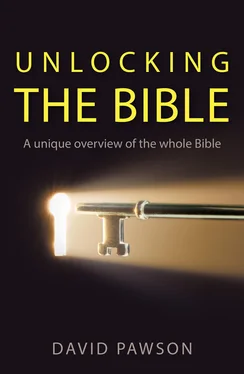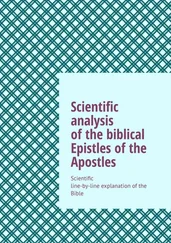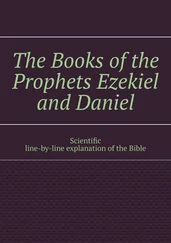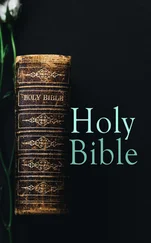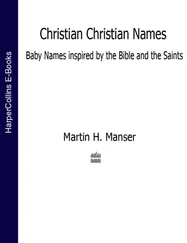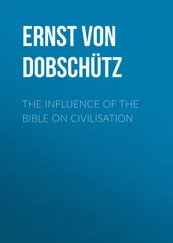The message is clear: a healthy, holy society is built on respect. So much of society today, especially the mass media, sets out to destroy respect. Television comedy often encourages an irreverent view of life so that nothing is regarded as sacred. Everything and everyone is a potential figure of fun. But it is clear that the loss of respect for God leads to idolatry, and the loss of respect for people leads to immorality and injustice.
Most of the Ten Commandments are about acts or words, but the last of the ten is about feelings – it is the only one about the heart. Perhaps this is why the apostle Paul said in Romans 7 that he had kept the first nine but he could not manage the tenth, the commandment about greed. For when we desire something we do not have, our problem is with our inner life. If you break one law you have broken them all. They all belong together like a necklace, and if you break a necklace just once the beads are all lost. In reality there are not ten separate commandments. They are all one law.
The second principle is responsibility. Increasingly we are taught that we are not responsible for our actions, even down to the claim that wickedness is due to genetics! We know that original sin is transferred through the genes, but the idea that some people are more wicked than others because they have a wrong gene leads to the view that people are not responsible for what they do. Exodus stands directly opposed to that view. The Lord God says we are responsible before him for how we live with regard to his law.
The third principle is retribution. There are three reasons for punishment under the law. The first is reformation: punishment is intended to make the wrongdoer better. The second is deterrence: the idea being that observing others being punished works as a warning to other would-be malefactors. The third is retribution: the punishment occurs simply because the person deserves it, with no necessary concern for whether others heed the warning or the guilty party learns from his errors. This third principle of retribution is enshrined in the Exodus laws.
Capital punishment is applied to 18 different sins against God, from murder to breaking the Sabbath. These also include kidnapping, cursing or assaulting parents, and occasions when a person’s uncontrolled animal causes death.
There is a very careful distinction in God’s law between intentional and accidental death. There are two sorts of killing: intentional murder and accidental manslaughter. One carries the death penalty, the other a less severe punishment. In every case we are told that there is no sacrifice in the Mosaic law for continued deliberate, intentional sin. Indeed, if you read Hebrews you will find the same thing being said in the New Testament.
It is worth noting that the denial of personal freedom through imprisonment is not an option under the law. Nowhere in the Bible is this form of punishment argued. There was, however, a clear system of restitution, a system of compensation for those who had been injured. This is the lex talionis, known today by the shorthand expression ‘an eye for an eye and a tooth for a tooth’. If, for example, a pregnant woman is attacked and the baby she carries is born with a deformity resulting from the attack, the guilty party will be handicapped in the same way as the victim. In other cases there was a system of repayment in kind or cash when property was damaged or stolen.
8. Specification and specialists
SPECIFICATIONS
Next we come to the extraordinary fact that God wanted to live with Israel. He had already made his holiness very clear. When the law was given on Mount Sinai, God wanted the Israelites to be sure what his holiness meant. God said that no one could touch his holy mountain and live. Moses erected a fence around the bottom. The giving of the law was accompanied by thunder, lightning and fire, indicating God’s power and separateness from man.
But having emphasized his separateness, God then tells Moses that he wants to come down and live in the camp with them. Wherever they camp he wants to be there at the heart of his people. It will be in a tent in the middle of the camp and it must be a tent which communicates his holiness, so that the people will worship him respectfully.
This tent was called the ‘tabernacle’ and Exodus gives us the building specifications which God laid down, in the laws concerning the religious life of Israel (Chapters 25–31). Everything about the tabernacle was to speak of God and the right approach to him. It was to be located in the centre of the camp, with the 12 tribes arranged in sequence around it.
SPECIALISTS
To use it
Most importantly, the tabernacle was not readily accessible, despite being in the middle of the camp. To begin with there was a fence 100 cubits by 25, high enough to prevent an outsider looking in. The fence had just one opening situated opposite the tribe of Judah. Inside the fence was a courtyard with an altar and a laver.
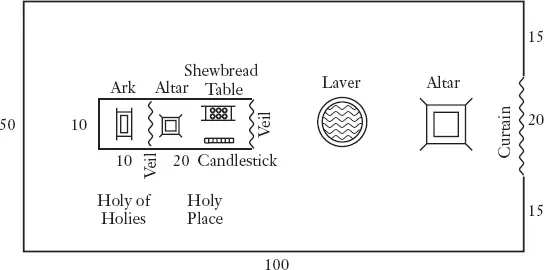
The first approach to God, therefore, would be through sacrifice: the animal would be slaughtered and then burnt on the altar in offering to the Lord. Then the worshipper would cleanse his hands in the copper laver between the altar and the holy place. Only then could God’s tent be approached. The tent had two sections, the place where God actually lived being a smaller part of the larger tent, a place shut off from human view and visited just once a year by the High Priest.
The larger part was 10 yards by 20 yards and was known as the holy place. Only priests were allowed to enter and then only if they had sacrificed an animal and cleansed their hands in the laver. It had three pieces of furniture. There was a table with shewbread, 12 loaves representing the 12 tribes of Israel. There was also a seven-branch candlestick lit by holy oil burning continually, and another altar for sacrifice next to a veil.
The veil hid an area 10 yards by 10 yards, the holy of holies: the place where God dwelt. In the holy of holies was a chest and above the chest were two cherubim. In the Bible, cherubim are always angels of judgement. Here they are described as looking downwards to the golden top of the mercy seat. Once a year the High Priest would enter the holy of holies and sacrifice a one-year-old, spotless ram as atonement for the people. Also located in the holy of holies was the ark of the covenant, containing some manna and the books of the law. There was no natural light within the holy of holies, yet it was always radiantly bright. God dwelt there and his glory lit the place.
The beauty of the tabernacle must have been breathtaking, but most of it was hidden. There were beautifully embroidered curtains and coverings, but all were covered with a badger’s skin, hiding the beauty from the people. Inside were golden pieces of furniture and curtains embroidered in blue (the colour of heaven), red (the colour of blood), silver and gold.
The whole structure indicated that if you wished to come to God you must make a sacrifice first in order to be clean. God said that this was a copy of where he lived in heaven.
Even when this tent was dismantled and moved, all the elements were kept covered up. The tent had to be carried by specified people and the ‘ordinary’ people had to keep a thousand paces away from it until it was erected again.
The holiness of God is also emphasized in the clothes of the priests. The High Priest was given specific instructions regarding what he was to wear. He wore 12 jewels on his chest representing the 12 tribes of Israel. These jewels are mentioned again on the last page of the Bible, which describes the New Jerusalem. The High Priest also wore a special girdle, turban, robe, ephod and coat.
Читать дальше
